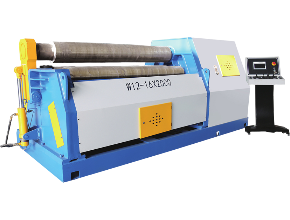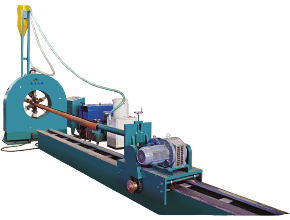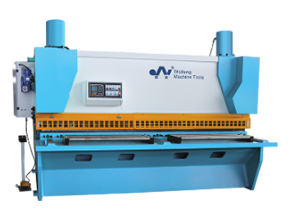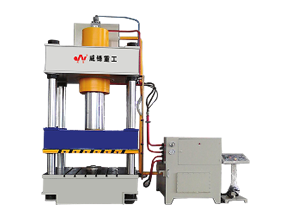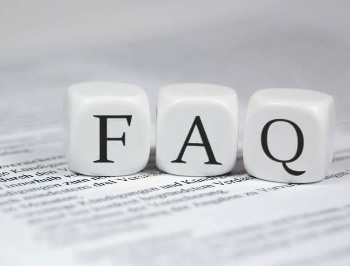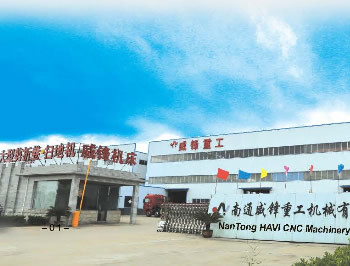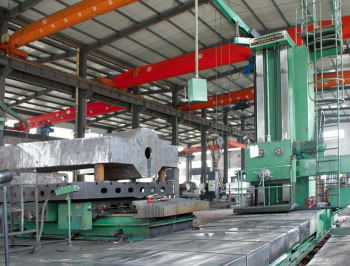Mastering Mechanical Shearing Machines: Your Comprehensive Troubleshooting Guide
Release Time:
2025-06-20
Mastering Mechanical Shearing Machines: Your Comprehensive Troubleshooting Guide
Mechanical shearing machines are essential in various manufacturing processes, providing precise cutting capabilities for different materials. However, like any equipment, these machines can experience common problems that may hinder their performance. In this guide, we will delve into the typical issues associated with mechanical shearing machines and offer practical solutions to help operators troubleshoot and maintain their equipment efficiently.
Table of Contents
- Understanding Mechanical Shearing Machines
- Key Components of Shearing Machines
- Common Problems in Mechanical Shearing Machines
- Troubleshooting Problem 1: Inefficient Cutting
- Troubleshooting Problem 2: Excessive Vibration
- Troubleshooting Problem 3: Inaccurate Cuts
- Troubleshooting Problem 4: Unusual Noises
- Troubleshooting Problem 5: Hydraulic Issues
- Preventive Maintenance Tips
- Conclusion
- FAQs
Understanding Mechanical Shearing Machines
Mechanical shearing machines, primarily used in metalworking and fabrication, are designed to shear materials into specific sizes and shapes. These machines utilize blades that create a shearing action when the upper blade moves downwards and presses against the lower blade. Understanding the operation and mechanics of these machines is crucial for efficient troubleshooting.
Key Components of Shearing Machines
To effectively troubleshoot mechanical shearing machines, one must be familiar with their key components:
- Blades: The primary cutting tools that determine the quality of the cut.
- Hydraulic System: Powers the shearing action through hydraulic cylinders.
- Bed and Frame: The structure supporting the blades and absorbing stresses during operation.
- Control System: Manages the machine's operations and settings for precise cuts.
- Feed Mechanism: Moves the material into position for cutting.
Common Problems in Mechanical Shearing Machines
Operators may encounter several issues while using mechanical shearing machines. Identifying these problems early can prevent costly repairs and maintain production efficiency. Common issues include:
- Inefficient cutting
- Excessive vibration
- Inaccurate cuts
- Unusual noises during operation
- Hydraulic system failures
Troubleshooting Problem 1: Inefficient Cutting
If your shearing machine is producing cuts that are not clean or consistent, several factors may contribute to this issue:
1. Dull Blades
Dull or damaged blades are often the prime culprits for inefficient cutting. Regularly inspect and sharpen blades to ensure they remain effective. If damage is evident, consider replacing them.
2. Incorrect Blade Alignment
Misalignment between the upper and lower blades can lead to uneven cuts. Check the alignment and adjust as necessary to restore cutting precision.
3. Material Thickness
Ensure that the material being cut matches the machine's specifications. Exceeding the recommended thickness can result in poor cutting performance.
Troubleshooting Problem 2: Excessive Vibration
Excessive vibration during operation can indicate mechanical issues that need addressing:
1. Loose Components
Inspect all components for looseness, including bolts, screws, and fittings. Tightening these parts can often resolve vibration issues.
2. Unbalanced Flywheel
An unbalanced flywheel can create significant vibration. Ensure the flywheel is properly balanced to eliminate this problem.
3. Worn Bearings
Worn or damaged bearings can contribute to vibration. Regularly check bearings and replace them if wear is observed.
Troubleshooting Problem 3: Inaccurate Cuts
Inaccurate cuts can severely affect production quality. Consider these factors:
1. Incorrect Settings
Double-check that the machine settings correspond with the material specifications and cutting requirements. Adjust as needed for accuracy.
2. Worn Machine Parts
Wear and tear on components can lead to imprecise cuts. Regular maintenance and timely replacement of parts are essential for maintaining precision.
Troubleshooting Problem 4: Unusual Noises
Unusual noises during operation can signal underlying issues:
1. Mechanical Wear
Mechanical wear, particularly in the drive system, can create unusual sounds. Regularly inspect and lubricate moving parts to reduce wear and prevent noise.
2. Hydraulic Issues
Noise from the hydraulic system may indicate low fluid levels or air trapped in the lines. Check fluid levels and bleed the system if necessary.
Troubleshooting Problem 5: Hydraulic Issues
The hydraulic system is vital for the operation of mechanical shearing machines. Common hydraulic issues include:
1. Low Hydraulic Fluid
Insufficient hydraulic fluid can lead to poor performance. Regularly monitor fluid levels and top off as needed to maintain optimal operation.
2. Leaks in the Hydraulic System
Inspect the hydraulic system for signs of leaks. Address any leaks promptly to prevent significant operational disruptions.
3. Hydraulic Cylinder Malfunction
If hydraulic cylinders are malfunctioning, it may hinder the cutting action. Regular maintenance and timely inspections can help identify problems before they escalate.
Preventive Maintenance Tips
To avoid issues with mechanical shearing machines, implement the following preventive measures:
- Regularly inspect and maintain blades for sharpness and alignment.
- Perform routine checks on hydraulic systems and fluid levels.
- Tighten loose components regularly to minimize vibration.
- Lubricate moving parts to reduce wear and prolong the machine's lifespan.
- Keep the machine clean to prevent debris buildup, which can affect performance.
Conclusion
Mechanical shearing machines are vital for precision cutting in various industries. Understanding common problems and their solutions can significantly enhance productivity and minimize downtime. By implementing regular maintenance and promptly addressing any issues, operators can ensure their machines operate efficiently, ultimately leading to higher quality outputs and reduced operational costs.
FAQs
1. What should I do if my shearing machine cuts unevenly?
Check the blade sharpness and alignment, and ensure the material thickness matches the machine's specifications.
2. How can I reduce excessive vibration in my shearing machine?
Tighten loose components, balance the flywheel, and inspect bearings for wear to reduce vibration.
3. What are the signs of hydraulic issues in a shearing machine?
Signs include unusual noises, low hydraulic fluid levels, and visible leaks in the hydraulic system.
4. How often should I perform maintenance on my mechanical shearing machine?
Regular maintenance should be conducted according to the manufacturer's recommendations, typically every few months or after a certain number of operating hours.
5. Can I perform troubleshooting on my mechanical shearing machine myself?
Yes, many troubleshooting steps can be performed by operators. However, for complex issues, consulting a professional technician may be advisable.
Related News


